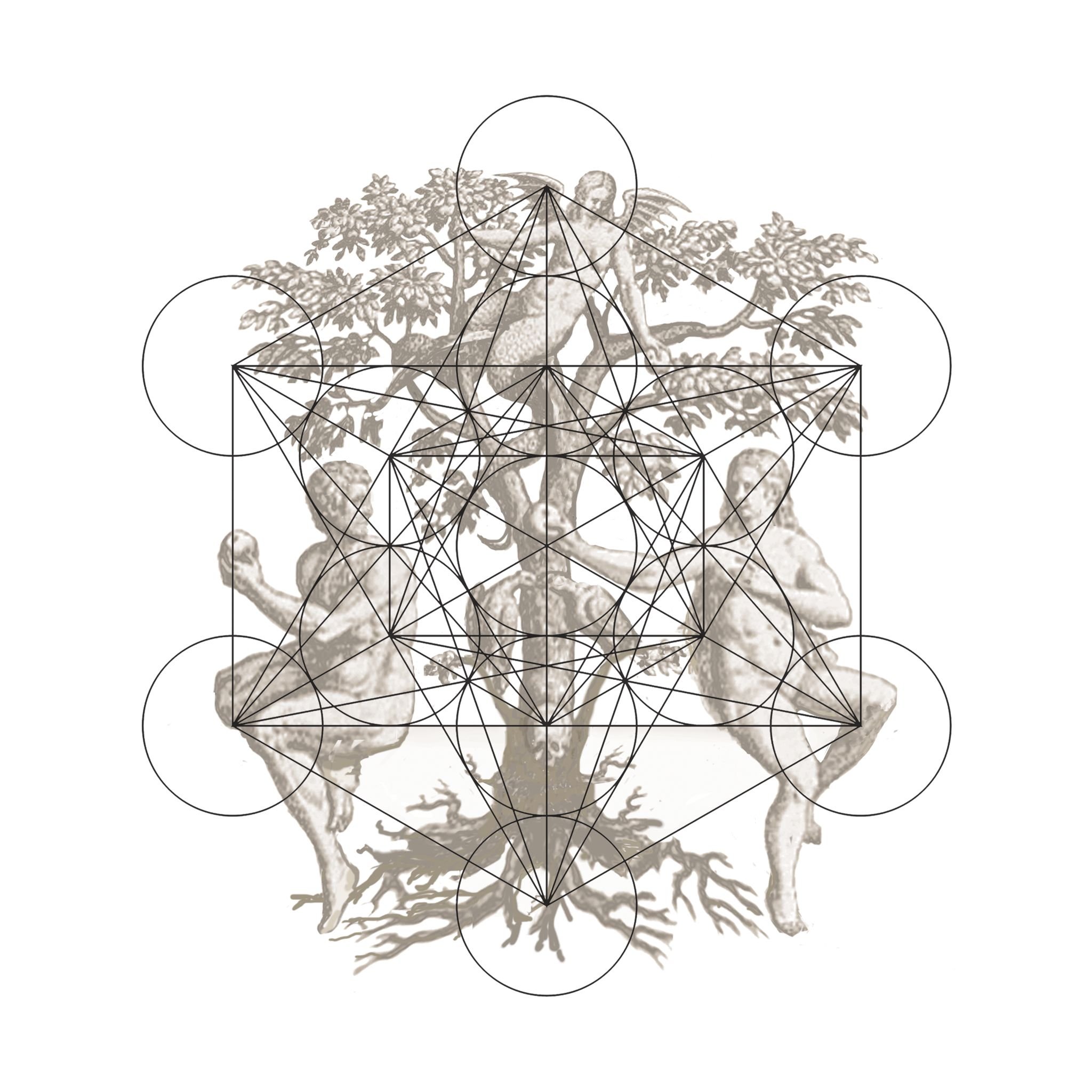Peter Randall-Page at Castle Drogo
Three monumental sculptures by artist and Royal Academician Peter Randall-Page are on display in the grounds of Castle Drogo, Devon. The sculptures Fructus, Corpus and Phyllotaxus are carved from Kilkenny Limestone and stand over 2.5 tall and weigh more 12 tonnes each.
Fructus, Corpus and Phyllotaxus are sculptures that are extraordinary in scale and are carved from Kilkenny limestone, a sedimentary stone formed in coastal areas over millions of years teeming with fossilised remains of plant and animal life giving the material its characteristic appearance. The trio of sculptures on show at Drogo represent the major themes that the artist has explored over many years; the geometry within the natural order and the mathematic principles underlying organic growth, natural patterns and phenomena.
Phyllotaxus is the most mathematically pure of the three, based, as it is on a fundamental growth pattern found in many botanical forms such as the arrangements of seeds in a sunflower head or pine cone and the positioning of leaves on a plant stem to maximise their exposure to light. This kind of geometry is driven by efficiency of packing and has evolved over millions of years of natural selection. It is known as ‘spiral phyllotaxis’ and relates to the Fibonacci sequence and the golden proportion.
Fructus is also rooted in the study of botanical form and growth patterns but here the emphasis is more on the fecundity and sensuality of ripe fruit. Each lobe has a taught skin, like the meniscus on a drop of water, becoming slightly pendulous and more bodily towards the bottom.
Corpus is altogether more bodily. Based on the idea of an endless coil, the latent energy here is of a different kind – that of a coiled spring or an embryonic snake contained within it’s yolk sac. The allusion is slightly disturbing; snakes, worms, intestines or the hemispheres of the brain. Unravelling the compressed coil in one’s imagination implies a potentially much larger presence than it’s physical dimensions.
These sculptures are on display at the castle until 18 December 2018.
They are accompanied by a series of 2d works on display until 4 November 2018 including the impressive 7m wide ‘Rorschach Screen’.
For further information click here


